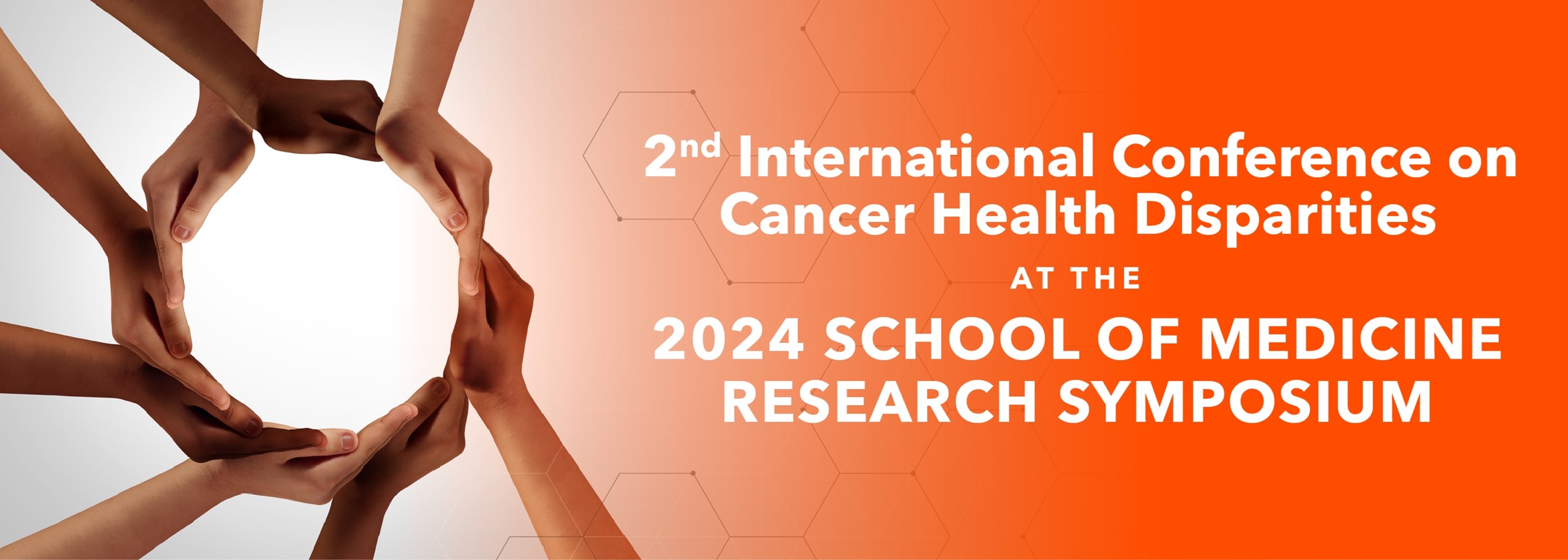Presentation Type
Poster
Discipline Track
Biomedical Science
Abstract Type
Research/Clinical
Abstract
Background: Pancreatic cancer (PanCa) is the fourth deadliest cancer worldwide and is expected to become the second deadliest cancer by 2030. In the USA, the National Cancer Institute put forth a grim prediction stating that there will be 64,050 new cases in 2023 alone and about 50,000 of these patients will die. Existing therapeutic regimens against PanCa are not that effective and show unacceptable toxicities. Therefore, developing highly effective new agents with less toxicity is urgently required, which could be used as a monotherapy or as an adjuvant to treat PanCa patients. Honey is known for its tremendous health benefits and has been used in various traditional medicines. Several studies have defined honey to be cardioprotective, neuroprotective, ant-inflammatory, and immunomodulatory. In addition to these advantages, honey also possesses anti-cancer properties. However, no study has explored its effect against PanCa. In this study, we evaluated the anti-cancer potential of honey and its molecular mechanisms against PanCa.
Methods: MTT assay and colony formation assays were performed to determine the effect of honey on proliferation of human PanCa cells (AsPc-1 and MiaPaCa-2). Wound healing assay was performed to evaluate the antimigratory potential of honey against PanCa cells. Western blot and qPCR assays were performed to determine the effect of honey on the regulation of ribosome biogenesis, cell proliferation, and apoptosis in PanCa cells.
Results: Ribosome biogenesis is dysregulated in most cancer types, which results in aggressive metastatic phenotypes seen in cancer cells. We observed that the transcription factor UBTF and other ribosome biogenesis components were aberrantly overexpressed in pancreatic tumor tissues as compared to normal pancreatic tissues. These associations are linked to aggressive phenotypes seen in PanCa cells. Interestingly, we observed that honey treatment significantly suppressed ribosome biogenesis in PanCa cells as observed by significant decrease in UBTF and 5’-ETS expression. Honey treatment markedly inhibited the expression of RPA194, a catalytic unit of RNA polymerase I, and nucleolin in both AsPC-1 and MiaPaCa-2 cells. MTT analysis indicated that honey exerted dose-dependent cellular cytotoxicity in AsPc-1 and MiaPaCa-2 cells, with IC50 values 45.2 and 30.3 mg/ml, respectively. In addition to its potential cytotoxicity, honey treatment clearly interfered with the wound healing and clonogenic ability of these PanCa cells as demonstrated by wound healing and colony formation assays. We also observed that honey treatment induced apoptosis in AsPC-1 and MiaPaCa-2 cells, which was confirmed by the the increase of the population of Annexin V positive cells and cleavage of PARP protein. A decrease in expression of Bcl-2 and p53 (truncated in AsPc-1 and mutated in MiaPaCa-2) also indicated that these cancer cells were undergoing apoptosis.
Conclusions: Overall, our results demonstrated for the first time that honey has potential to induce apoptosis and prevent pancreatic cancer cell growth through modulation of ribosome biogenesis process. It implies that honey could be used as a natural remedy to prevent human pancreatic cancer and utilized as an adjuvant in ongoing chemo/-immunotherapy regimens. Further detailed studies using appropriate pre-clinical mouse models of PanCa will be warranted to establish its anti-cancer potential for the treatment of PanCa.
Academic/Professional Position
Medical Student
Academic/Professional Position (Other)
Academic
Mentor/PI Department
Immunology and Microbiology
Recommended Citation
Bangash, Aun A.; Bangash, Muhammad; Ahsan, Haider; Khan, Shiza; Ahmad, Mudassier; Joon Kim, Dae; Alvi, Sahir; and Hafeez, Bilal, "Honey targets ribosome biogenesis process in human pancreatic cancer cells to inhibit their growth and metastatic phenotypes" (2024). Research Symposium. 37.
https://scholarworks.utrgv.edu/somrs/2024/posters/37
Honey targets ribosome biogenesis process in human pancreatic cancer cells to inhibit their growth and metastatic phenotypes
Background: Pancreatic cancer (PanCa) is the fourth deadliest cancer worldwide and is expected to become the second deadliest cancer by 2030. In the USA, the National Cancer Institute put forth a grim prediction stating that there will be 64,050 new cases in 2023 alone and about 50,000 of these patients will die. Existing therapeutic regimens against PanCa are not that effective and show unacceptable toxicities. Therefore, developing highly effective new agents with less toxicity is urgently required, which could be used as a monotherapy or as an adjuvant to treat PanCa patients. Honey is known for its tremendous health benefits and has been used in various traditional medicines. Several studies have defined honey to be cardioprotective, neuroprotective, ant-inflammatory, and immunomodulatory. In addition to these advantages, honey also possesses anti-cancer properties. However, no study has explored its effect against PanCa. In this study, we evaluated the anti-cancer potential of honey and its molecular mechanisms against PanCa.
Methods: MTT assay and colony formation assays were performed to determine the effect of honey on proliferation of human PanCa cells (AsPc-1 and MiaPaCa-2). Wound healing assay was performed to evaluate the antimigratory potential of honey against PanCa cells. Western blot and qPCR assays were performed to determine the effect of honey on the regulation of ribosome biogenesis, cell proliferation, and apoptosis in PanCa cells.
Results: Ribosome biogenesis is dysregulated in most cancer types, which results in aggressive metastatic phenotypes seen in cancer cells. We observed that the transcription factor UBTF and other ribosome biogenesis components were aberrantly overexpressed in pancreatic tumor tissues as compared to normal pancreatic tissues. These associations are linked to aggressive phenotypes seen in PanCa cells. Interestingly, we observed that honey treatment significantly suppressed ribosome biogenesis in PanCa cells as observed by significant decrease in UBTF and 5’-ETS expression. Honey treatment markedly inhibited the expression of RPA194, a catalytic unit of RNA polymerase I, and nucleolin in both AsPC-1 and MiaPaCa-2 cells. MTT analysis indicated that honey exerted dose-dependent cellular cytotoxicity in AsPc-1 and MiaPaCa-2 cells, with IC50 values 45.2 and 30.3 mg/ml, respectively. In addition to its potential cytotoxicity, honey treatment clearly interfered with the wound healing and clonogenic ability of these PanCa cells as demonstrated by wound healing and colony formation assays. We also observed that honey treatment induced apoptosis in AsPC-1 and MiaPaCa-2 cells, which was confirmed by the the increase of the population of Annexin V positive cells and cleavage of PARP protein. A decrease in expression of Bcl-2 and p53 (truncated in AsPc-1 and mutated in MiaPaCa-2) also indicated that these cancer cells were undergoing apoptosis.
Conclusions: Overall, our results demonstrated for the first time that honey has potential to induce apoptosis and prevent pancreatic cancer cell growth through modulation of ribosome biogenesis process. It implies that honey could be used as a natural remedy to prevent human pancreatic cancer and utilized as an adjuvant in ongoing chemo/-immunotherapy regimens. Further detailed studies using appropriate pre-clinical mouse models of PanCa will be warranted to establish its anti-cancer potential for the treatment of PanCa.


